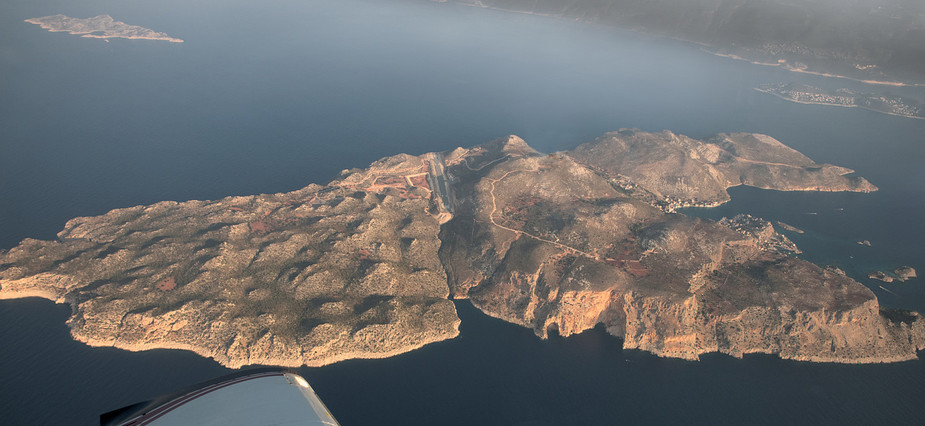I’m a full-time professional but I’ve stopped retouching images due to people such as this:
They’re far better than me, and also very cheap as the work will be done in India. I’d be surprised if it cost more than $2.
I am in awe at how you guys can quickly come up with mathematical formula, graphs etc to solve problems. I cannot add to them but I can tell you how I would have attempted to solve them.
Firstly, Peter’s reflection problem.I agree entirely with those that say that the place to really solve the problem is in the camera ie not to capture the reflection in the first place. One thing to remember is that we have always used glass or plastic and even offcuts of ladies stockings between the camera and image to be captured.As long as you know what they are going to do it is generally not a problem. What Peter says about black cloth is a very traditional way of reducing reflections but in this particular case it was probably not practical as he would have at the very least have needed to black out all the opposing windows. Far better would have been to but the lens/filter as close to the window as possible and then use the black cloth to block any light that might leak in. With a DSLR one could probably use a rubber lens hood, but don’t forget to cover any air holes in the hood, and also cover the viewfinder on an SLR as these too are sources of reflections.
In Peter’s case he already has the reflections so this is immaterial. In the old days of film, I would have taken the negative and produced a matt (for the moving image, it would have been a travelling matt.) Basically I would have taken the negative and painted out the offending reflection and then in an optical camera or enlarger, filled in the missing section with copies of sections taken from other parts of the image or better still from another image hopefully taken just before or just after the image being worked on.During this process I would have used a piece of tissue as a dodging tool to blurr the sharp edges of the join and I would further merge the old and new together with my fingers during the print processing. Its a cumbersome , time consuming way of taking a photograph, cutting out the reflection and glueing a suitable new bit in place. Thankfully, Photoshop has replicated this and provides the tools to do the same thing better and quicker, although if you want near perfection it can still take many hours.
To reduce haze I would first try the old tried and trusted method (if your camera allows) of taking the exposure your meter tells you is correct and then opening the iris by a half to a full stop and then just using the grading tools in photoshop.You might also like to look at a colour enhancing filter rather than polar.
@flyer 59 I was very interested the exposure range shown in your cirrus photos.Can you confirm that these were taken without lights, reflectors, filters or digitally manipulated afterwards, or was it a very dull day, if not the range is exceptional (a very good thing, but can also be a problem.)?
My son retouched that Kastelorizo pic

A very good job he did too, especially noticing the possible traps such as the boat and wake on the left edge of the reflection,